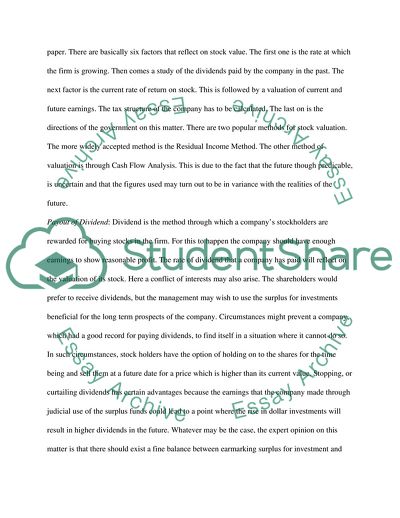Cite this document
(Company Financial Report Example | Topics and Well Written Essays - 4250 words, n.d.)
Company Financial Report Example | Topics and Well Written Essays - 4250 words. https://studentshare.org/finance-accounting/1712432-finance-assignment
Company Financial Report Example | Topics and Well Written Essays - 4250 words. https://studentshare.org/finance-accounting/1712432-finance-assignment
(Company Financial Report Example | Topics and Well Written Essays - 4250 Words)
Company Financial Report Example | Topics and Well Written Essays - 4250 Words. https://studentshare.org/finance-accounting/1712432-finance-assignment.
Company Financial Report Example | Topics and Well Written Essays - 4250 Words. https://studentshare.org/finance-accounting/1712432-finance-assignment.
“Company Financial Report Example | Topics and Well Written Essays - 4250 Words”. https://studentshare.org/finance-accounting/1712432-finance-assignment.


